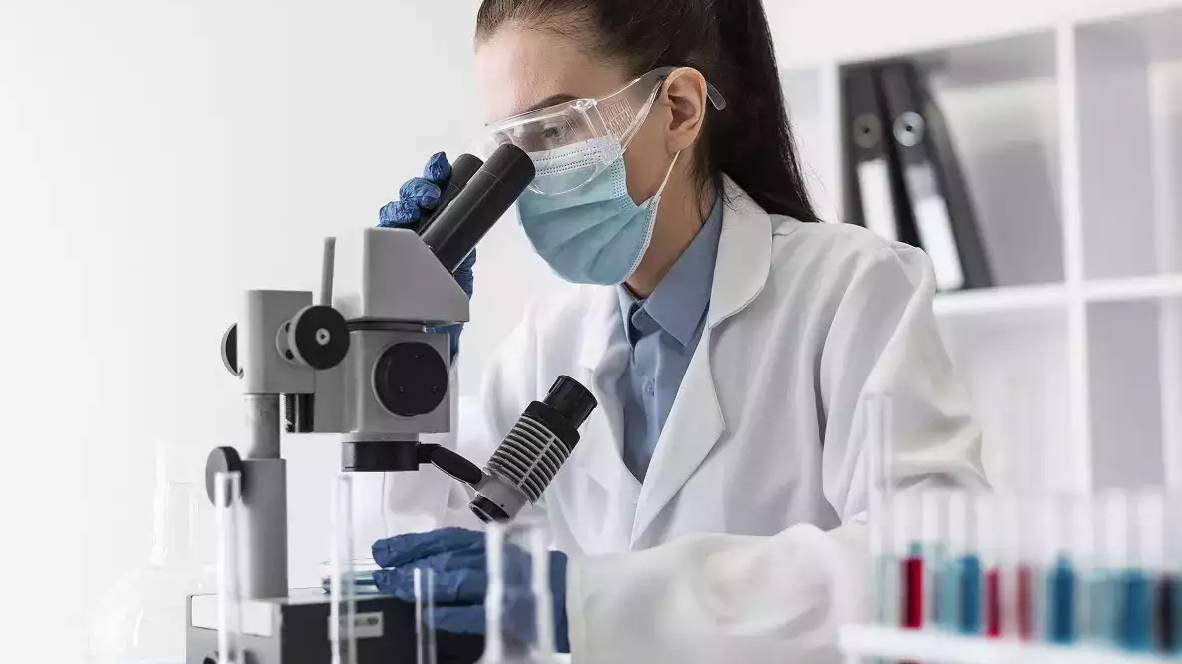
Pathology
Pathology is the study of diseases and the changes they cause in the body. Pathologists examine tissues, organs, bodily fluids, and autopsies to diagnose diseases. They play a crucial role in various medical specialties by providing diagnostic information that helps in the treatment of diseases. Pathologists work closely with other medical professionals to diagnose cancer, infections, chronic diseases, and other medical conditions. The laboratory work in pathology includes histopathology, cytology, hematology, and microbiology.
Overview
Pathology is a medical specialty concerned with the study of disease processes, their causes, mechanisms, and effects on the body. Pathologists are physicians who specialize in diagnosing diseases by examining tissues, blood, and other body fluids under a microscope or through laboratory tests. They play a crucial role in healthcare by providing accurate diagnoses that guide treatment decisions and patient management.
Branches of Pathology
Anatomic Pathology:
- Histopathology: Examination of tissues removed during surgery or biopsy to diagnose diseases such as cancer, infections, and inflammatory conditions.
- Cytopathology: Study of cells obtained from body fluids or tissues to diagnose conditions like cancer (e.g., Pap smears for cervical cancer screening).
Clinical Pathology:
- Clinical Chemistry: Analysis of blood and body fluids for chemical components (e.g., glucose, cholesterol, electrolytes).
- Hematology: Study of blood and blood disorders, including blood cell counts and coagulation tests.
- Microbiology: Identification of microorganisms (bacteria, viruses, fungi) causing infections and their susceptibility to antibiotics.
- Immunology: Evaluation of the immune system’s response through tests such as antibody detection and autoimmune disease markers.
Molecular Pathology:
- Genetic Testing: Examination of DNA and RNA to detect genetic mutations associated with inherited diseases, cancer, and infectious diseases.
- Tumor Markers: Analysis of specific molecules in blood or tissues to aid in cancer diagnosis, prognosis, and treatment selection.
Diagnostic Techniques
- Biopsy: Removal of a small sample of tissue for examination under a microscope.
- Fine Needle Aspiration (FNA): Use of a thin needle to extract cells or fluid from a lump or mass for cytological examination.
- Autopsy: Examination of a deceased person to determine the cause of death and understand disease processes.
Role in Healthcare
- Diagnosis: Providing accurate and timely diagnoses to guide patient treatment plans and management.
- Prognosis: Predicting the likely outcome of diseases based on pathological findings.
- Monitoring: Monitoring treatment responses and disease progression through laboratory tests and molecular analyses.
- Research: Contributing to medical research by studying disease mechanisms, new diagnostic techniques, and treatments.
Education and Training
- Medical School: Pathologists typically complete medical school and residency training in pathology.
- Certification: Board certification is required to practice pathology in most countries, demonstrating competency in the field.
Technological Advancements
- Digital Pathology: Digital imaging and analysis of pathology slides for remote diagnosis and consultation.
- Next-Generation Sequencing (NGS): High-throughput genetic sequencing for detailed analysis of genetic mutations and personalized medicine.
Collaboration
- Multidisciplinary Teams: Collaborating with clinicians, surgeons, radiologists, and other healthcare professionals to provide comprehensive patient care.
- Consultation: Offering expertise and second opinions to aid in challenging diagnostic cases.
